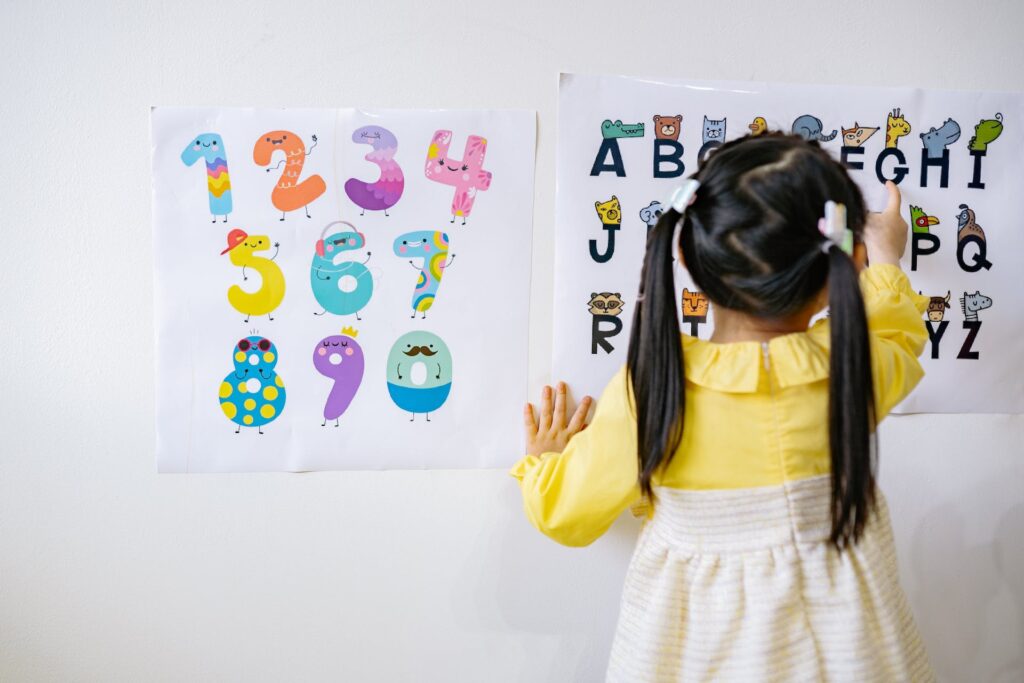Gamification blends game elements with educational activities to capture the students’ imagination and enhance their learning experience.
At Read Smart, a reading tutor company located in Tulsa, Broken Arrow, and Owasso, OK, we’ve embraced the concept and practice of gamification, recognizing its potential to make learning an exciting adventure, especially for Pre-K to 6th-grade children.
Simply put, gamification uses game-based elements like point scoring, competition, and rules of play in learning environments. It taps into the natural human desire for socializing, learning, mastery, competition, achievement, and status.
Let’s dive deeper to understand how it helps kids learn and grow their reading skills:
Understanding the Concept
Gamification involves integrating game mechanics into non-game environments, such as classrooms and tutoring centers, to enhance learning and motivation.
It’s the art of applying game design elements in learning activities to make them more engaging and enjoyable. This learning angle is especially effective for young learners, tapping into their instinctive love for play and discovery.
The psychological underpinnings of gamification lie in its ability to boost engagement, provide instant feedback, and foster a sense of accomplishment – all crucial elements in motivating children to learn.
Benefits in Learning
First and foremost, it significantly increases student engagement. Children become more invested in the outcome by turning learning activities into games. This heightened engagement leads to improved motivation and a desire to continue learning.
For instance, at Read Smart, we’ve seen how gamified reading sessions can help children read faster and more effectively, turning a mundane task into a thrilling adventure. Moreover, gamification enhances memory retention, making it easier for kids to remember what they learn.
Gamification Examples
In Read Smart’s reading programs, elements like point scoring, competitive challenges, and interactive storytelling make reading fun and engaging for kids.
These methods have proven successful, with many students showing marked improvement in their reading abilities. Across the globe, schools and educational programs are adopting similar approaches complemented by technology, such as using apps, interactive quizzes, and virtual rewards to make learning more dynamic.
Let’s use a couple of examples from our experience.
For instance, a student who initially found reading sessions tedious was introduced to a program incorporating digital badges for each new level achieved in reading. This seemingly simple change sparked a newfound enthusiasm, significantly improving reading frequency and comprehension.
Another case involved a child struggling with vocabulary. Through a game-based approach that changed learning new words into a fun and interactive challenge, the student expanded their vocabulary and developed a more profound interest in exploring new reading materials, demonstrating the transformative power of gamification in education.
Challenges and Considerations
While the benefits of gamification are clear, there are challenges to consider.
One of them is ensuring that the gamification elements stay within the learning objectives and prove consistent with the overall goals. It’s essential to strike a balance where the game aspects enhance rather than detract from the educational content.
Furthermore, educators must be mindful of varying learning styles and preferences, ensuring that gamification strategies are inclusive and cater to diverse student needs.
The Future of Gamification in Education
Looking ahead, the future of gamification in education is bright.
As technology continues to evolve, especially with the introduction of Artificial Intelligence, we should expect more advanced and immersive gamified learning experiences, which will likely become a staple in educational settings across all levels.
This evolution will continue to reshape how children learn, making education more engaging and enjoyable.
Key takeaways
For children, particularly those in the crucial learning stages of Pre-K to 6th grade, gamification presents an opportunity to explore and learn in a manner that is naturally appealing to them.
At Read Smart, we’ve witnessed first-hand how transforming learning into an exciting adventure can inspire a lifelong love for reading and learning in our students.
As we look to the future, it’s clear that gamification will continue to play a pivotal role in shaping the educational experiences of young learners.
For parents and educators seeking to ignite a passion for learning in their children, embracing this strategy is an excellent step forward.
We encourage you to explore the possibilities of gamified learning with Read Smart. Contact us at (918) 559-7323 to discover how we can transform your child’s learning experience into an exciting, rewarding adventure.
Click here for a free reading evaluation & consultation.

